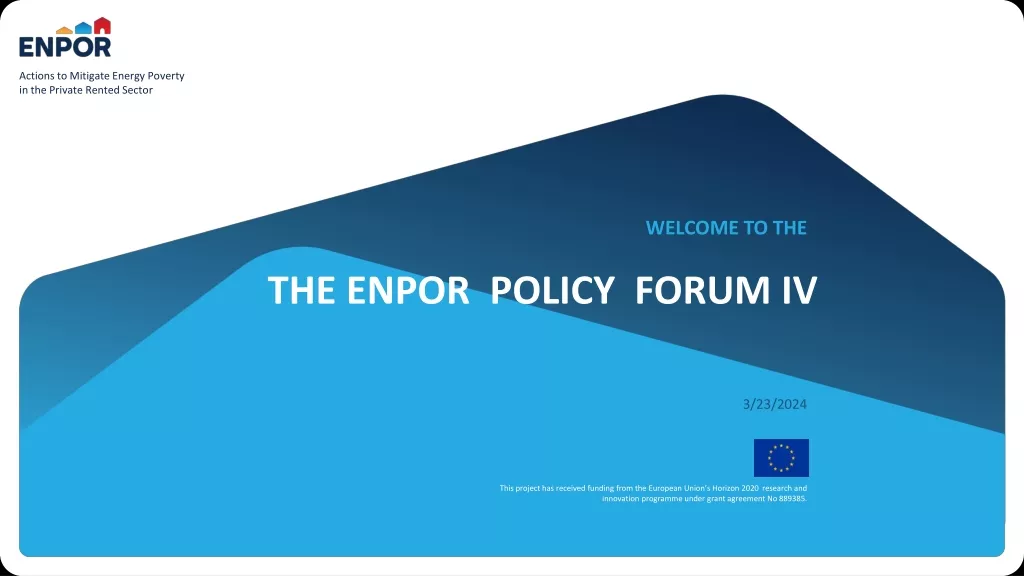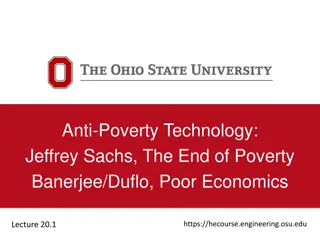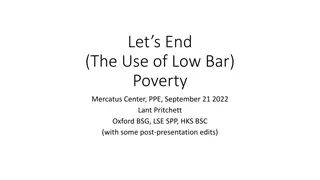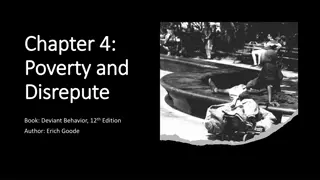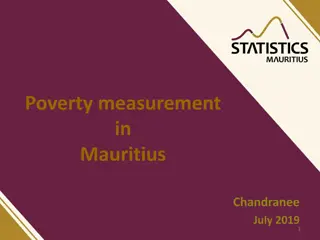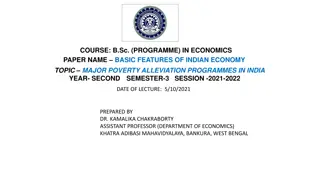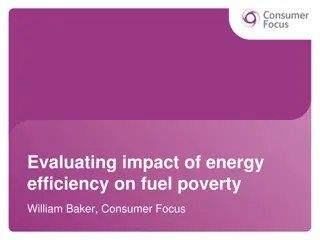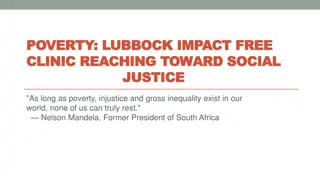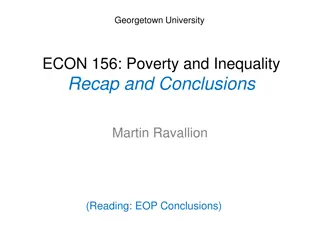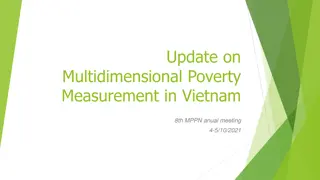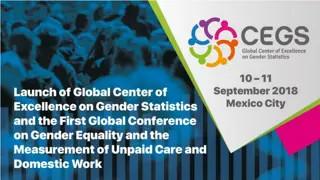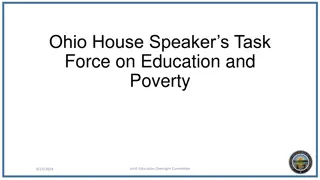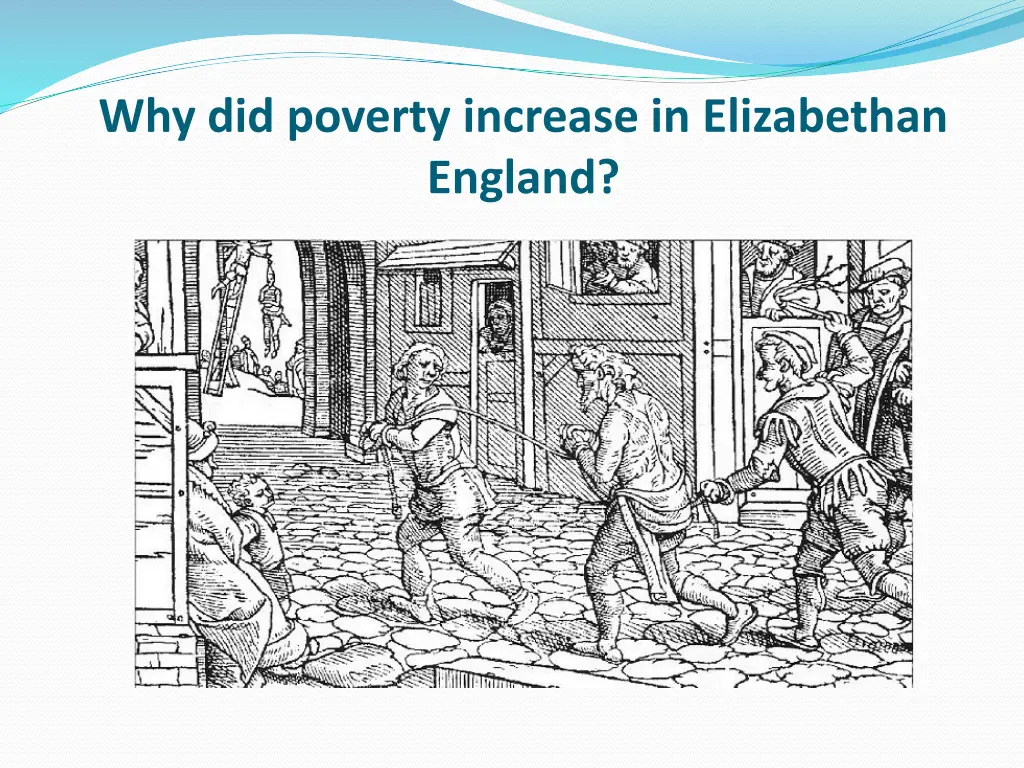
Causes of Poverty Increase in Elizabethan England
Learn about the reasons behind the increase in poverty during the Elizabethan era, including population growth, harvest impacts, unemployment, rising prices, changes in farming, and more.
Download Presentation

Please find below an Image/Link to download the presentation.
The content on the website is provided AS IS for your information and personal use only. It may not be sold, licensed, or shared on other websites without obtaining consent from the author. If you encounter any issues during the download, it is possible that the publisher has removed the file from their server.
You are allowed to download the files provided on this website for personal or commercial use, subject to the condition that they are used lawfully. All files are the property of their respective owners.
The content on the website is provided AS IS for your information and personal use only. It may not be sold, licensed, or shared on other websites without obtaining consent from the author.
E N D
Presentation Transcript
Learning objective to be able to explain the reasons why poverty increased in the Elizabethan era. I can explain the key reasons why poverty increased Elizabethan era. Grade 6 I can explain and assess thereasons why poverty increased Elizabethan era. Grade 9 I can describe the key reasons why poverty increased in the Elizabethan era. Grade 3 the in the in the
Who were the poor in Elizabethan England? For ordinary people, not being able to work meant a life of poverty as they unable to feed themselves or their families. Modern historians define the poor as those who spent 80% of their income on bread. These people were the most vulnerable to rising prices in food and sometime dependent on charity. The type of people who were poor included widows or women abandoned by their husbands, the sick and the elderly, orphaned children, people on low wages and vagrants.
What were the causes of the growth of poverty in Elizabethan England? Population growth Harvests Unemployment in industries Rising prices Changes in sheep farming Enclosures
How did the population increase during the Elizabethan period? England s population increased by 35% during Elizabeth s reign. This was particularly so in towns and cities. This meant that more jobs and food were needed to cater for more people. However, industry and farming did not expand to meet this new demand and there were shortages. The rising population meant that increased labour supply drove wages down and shortages in food increased prices.
How did harvests impact upon poverty in Elizabethan England?
How did harvests impact upon poverty in Elizabethan England? Farmers were a the mercy of the weather for growing the food which the population depended upon. Just one bad harvest could cause food shortages which led to rising prices and starvation. There were spates of bad harvests in the 1570s and 1590s. The poor were the ones that suffered during the periods of bad harvests as they could not afford the rising cost of food.
How did unemployment in industry increase in Elizabethan England? The collapse of the European cloth market in the 1550s as well as trade embargos with Spain over the Netherlands both led to rising unemployment in the industry England s significant source of employment. cloth most Tens of thousands lost their jobs and were driven into periods of poverty.
How did prices increase in Elizabethan England? Prices increased throughout the Elizabethan era for a number of reasons Bad harvests drove food prices up, particularly grain bread was the staple part of an ordinary person s diet. Wages did not rise as fast as prices. As the population grew, so did the demand for land for people to live or farm. As a result, rents rose.
How did sheep farming increase poverty in Elizabethan England? England s wool and cloth industry accounted for 82% of exports. This led to rising demand for wool and the sheep farming industry becoming very profitable. This helped increase poverty in a number of ways - This led to a move away from farming for food as there was more money in farming sheep than growing food. Sheep farming was less labour intensive leading to less jobs becoming available in farming. Feeding sheep meant that some crops were growing just for sheep which angered many who were starving.
How did enclosures increase poverty in Elizabethan England? Enclosing land was a method of farming which enclosed large, open fields farmed by villagers into individual farms divided by hedges or walls. The main reason for enclosing land was that animal farming became more profitable and to do this enclosed land was required. Also, new farming techniques to increase food production, such as fertilisation of crops, demanded land was that divided up. This led to land being used for both animal and crop farming and the eviction of tenants as less people were needed to farm the land. This led to rising rural unemployment and people moving to towns and cities in the search for work. Also enclosing land led to the disappearance of common land land that could be used by anyone so ordinary people did not have anywhere to farm and could not provide for the families.
Task Draw the continuum line below and place each of the five reasons that help explain the reasons for the growth of poverty. Write two sentences explaining each of your five judgements. An A partly significant reason A very significant reason insignificant reason Population growth Harvests Unemployment in industries Rising prices Changes in sheep farming Enclosures

